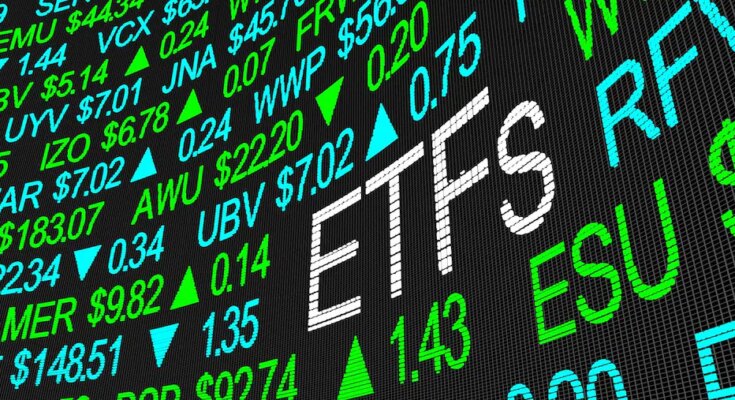The real question is: why should savers choose mutual funds over active ETFs? There is no single answer, but there are several elements to consider. Without ignoring the fact that both are collective investment instruments, here are the characteristics that need to be taken into account.
The difference
«The elements that differentiate them – explains Mauro Panebianco, partner of PwC Awm EMEA Advisory Leader – are in terms of returns and costs, accessibility, transparency, liquidity and taxation, factors that make active ETFs an increasingly attractive solution for managers and investors as they offer the possibility of generating alpha compared to the benchmark thanks to the manager’s discretionary choices, maintaining a more controlled cost structure and lower up-front subscription costs compared to funds».
The mechanism
It is possible to buy even just one share, the share can be traded on the stock exchange and can therefore be bought and sold in real time. On the other hand, mutual funds have the advantage of not “tempting” investors to trade with their own funds, especially in critical market phases and therefore completely delegating product management, an aspect that cannot be ignored for savers who are not used to fiddling with online platforms. However, there are important aspects to remember.
The strategy
«We are not talking about discretionary active products – adds Marcello Rubiu, sole director of Norisk – but often they apply algorithms that offer the illusion of beating the market». Panebianco underlines that active management of the underlying portfolio requires the same specific skills as traditional funds: «The manager still has to beat the market – he explains -, control risks and maintain consistency with the strategy».
Sgr
Traditional asset management firms are accelerating their entry into the active ETF market, following a trend that is already consolidating in the US. They use it both in management and in unit link operations. «To compete with large international players, many companies adopt targeted strategies – continues Panebianco – such as the conversion of mutual funds into active ETFs, to exploit competitive advantages and respond to increasing demand or the use of white label platforms to simplify access to the market. Overall, the trend is towards greater specialization in thematic ETFs, integrating sustainability and active criteria, a sign of structural evolution that increasingly integrates active management with the efficiency and transparency of ETF formats, utilizing simpler instruments compared to traditional funds, supporting industry synergies and reduced operational costs.”



